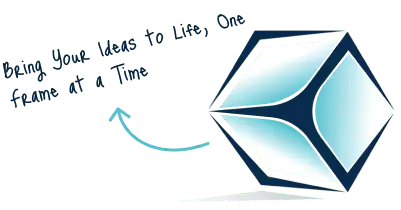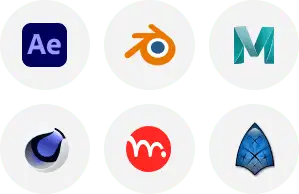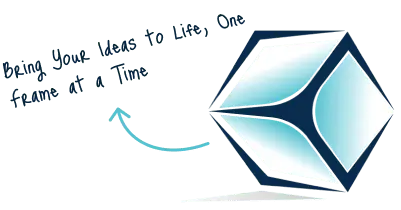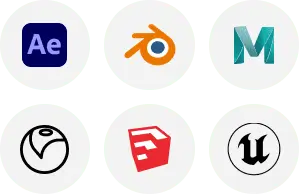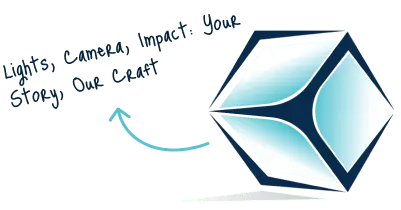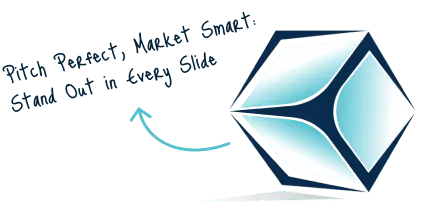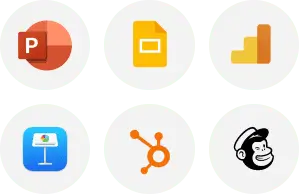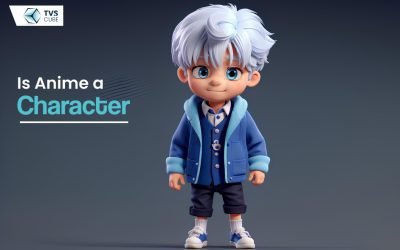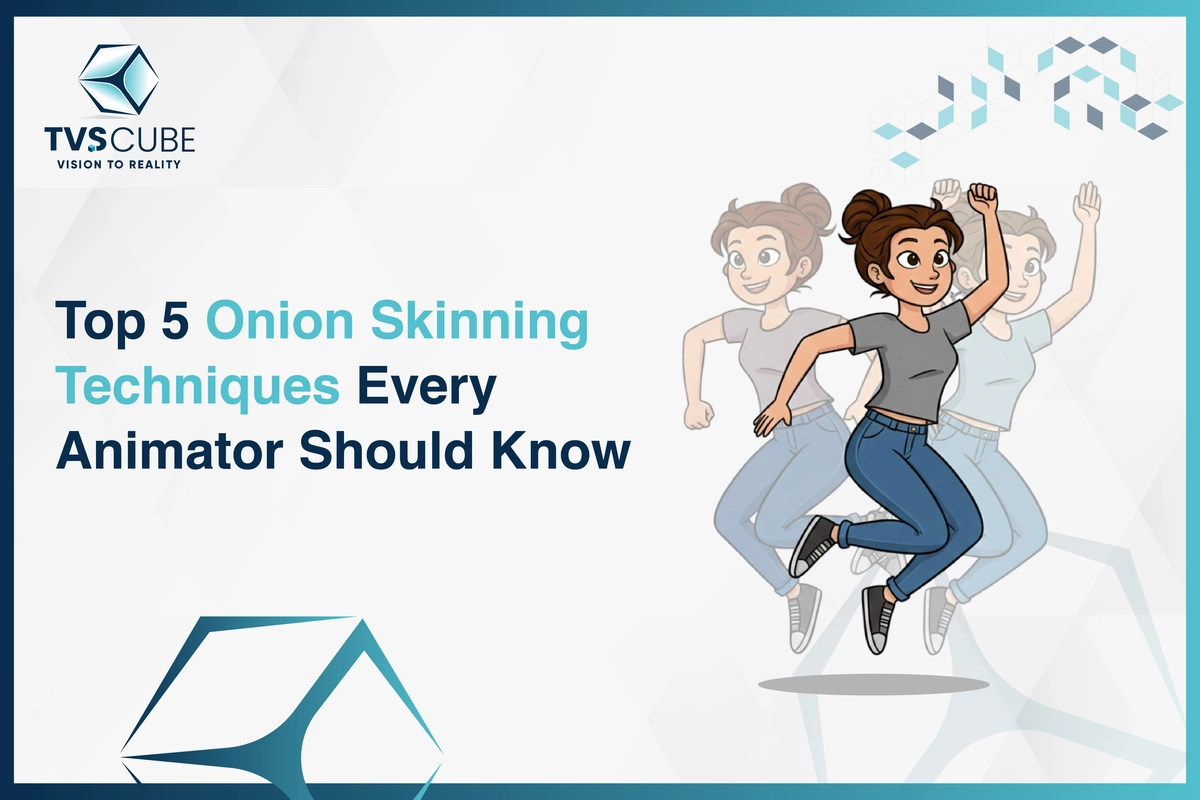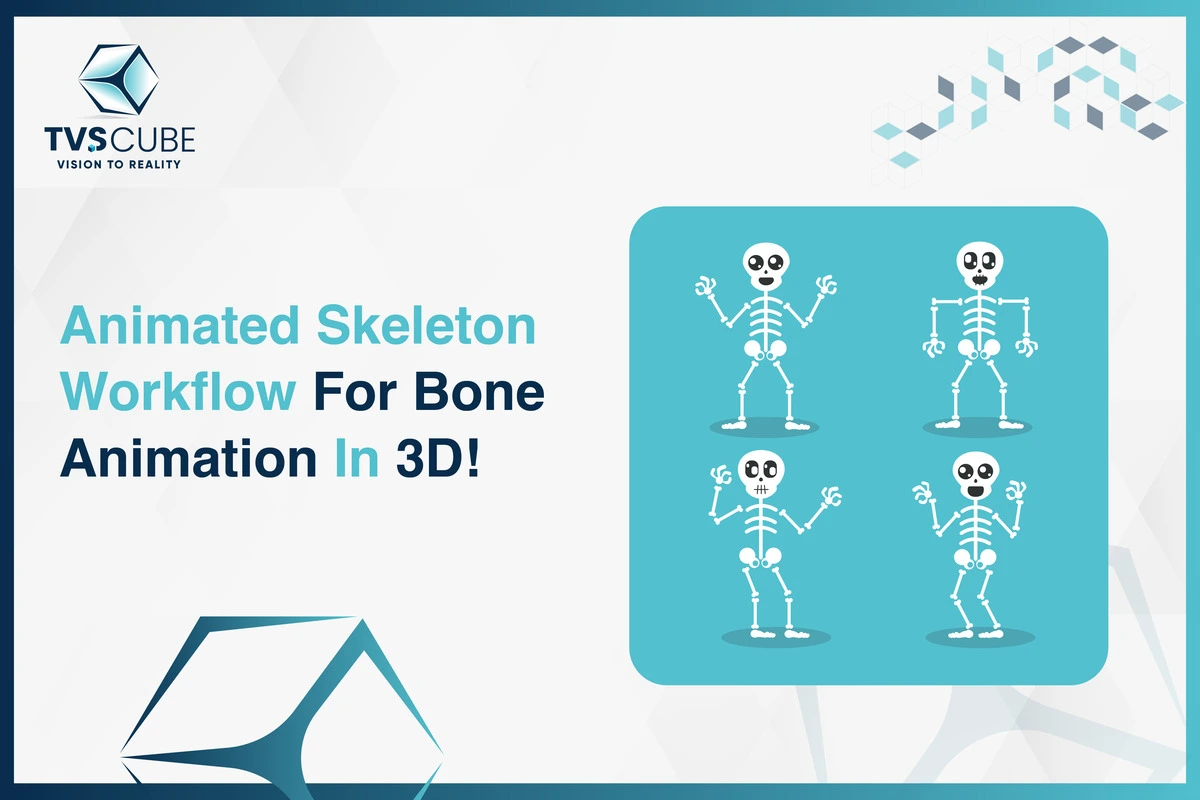[et_pb_section][et_pb_row][et_pb_column type=”4_4″][et_pb_text]
“At TVS Cube, we share viewers’ interest in cartoon animation and anime cartoons that strive to introduce its’ graphic, narrative and historical sides. This blog reviews the essential factors that define these two types of animation and highlights how they define the experience of the viewers and international artists and animators.
Animation has been entertaining people since childhood, making them travel through the world of fantasy characters and bright images. Two of these styles are Cartoon Animation and anime, which are usually not the same. Although both enchant millions of people all over the world, they are dissimilar in art, aesthetics, story and culture. As TVS Cube, our key focus is to design Cartoon Animation that will be entertaining to viewers while adopting some features from cartoons and anime. In this specific blog, let’s find out what distinctive features these styles have that help distinguish Cartoon Animation from anime and why both remain popular to this day.
What is Anime?
Anime is the Cartoon Animation native to Japan, where Cartoon Animation is traditionally drawn with exceedingly bright coloration, bold characters, and fantasy-based plots. It covers all sorts of topics and is thus enjoyed by people of all ages, including kids and grown-ups. Animations in the anime genre comprise large eyes, strong and definitive contours and highly computerized techniques. It can be seen in TV shows, movies, and web series with good plots or focusing on the hero’s feelings. Key characters:
- Japanese Cartoon Animation style.
- It contains different characteristics of various genres and themes.
- At times, it consists of character expressions that are on the end.
- Appeals to all age groups.
- Each series is available in the serial format, as movies, and as web content.
- Recognized by resolving characters and plots.
- Both classical and contemporaneous elements of Cartoon Animation are incorporated.
What are Cartoons?
Cartoons are usually animated pieces or works with a primary concern of entertaining the viewers; the characters drawn are usually overemphasized. It can be made in different forms and types, with simple, colorful ones and artwork. As much as cartoons are for kids, some of them can be understood by adults by use of satire, parodies and other informal comedy. They, for example, can be seen on TV programs, in movies, and the Internet. Key characters:
- Initiated for the children but also adults.
- Contains cartoon-like characters and scenarios.
- There is almost no design choice that cannot be achieved in some artistic style.
- Found mostly in programs presented on TV and films and in digital media formats.
- Used in narrating jokes and satires.
- They are mostly meant for entertainment with a focus on the video and comic aspect.

VISIT OUR UPWORK PROFILE
Key Differences Between Anime vs Cartoon
Animes are animated cartoons that have got significant acceptance internationally and there is a clear difference between the two. They can both be explained through visuals and be entertaining. However, they differ in the approaches used, the audience, the effect of culture and the like. Below are some key differences that distinguish anime from cartoons:
Cultural Origins
Anime is an animation production that originates from and is loved by the Japanese, and cartoons generally have their roots in American and European traditions. The cultural background of these two forms of Cartoon Animation is reflected in the art style, the narrative and the subject matter of any piece. Animation of Japanese origin or anime has premised its production on the history, culture as well as cultural standards of Japanese society. Again, as much as many cartoons are global, especially the ones from the United States, they embrace the Western way of thinking, humor and values. These are cultural differences in the way each of these media gets related to its target audience.
Artistic Style and Design
It can be hard to point out all the differences that are between anime and cartoons but one of the most distinguishable ones is art style. Anime developed itself with complexities of characters and backgrounds, which are relatively stylized. Big and sled eyes and detailed features on their faces that show emotions clearly help to characterize people in the works. Anime animation can be as realistic as it can get to something totally out of this world. Conversely, Cartoon animation is comparatively easy and uses more cartoonish figures and implements more colors, stunts, and emotions in their funnier style. Cartoons are normally less realistic and detailed as compared to anime; normally will have a more childish-looking appearance.
Target Audience
The most obvious difference between anime and cartoons is that they are intended for different audiences. Whereas cartoons are mainly for children, the contents of which are generally focused solely on entertainment, anime targets a wide range of audiences: youngsters, teenagers, adults etc. Moreover, there are kinds of anime that are matured and developed for adult audiences, including seinen and josei, containing more serious plots. Cartoon Animation, on the other hand, is far more lighthearted, but there are adult cartoons as well, like Simpson’s or Rick and Morty. However, such incidents are relatively rare compared to the other types of accidents that occur in today’s world.
Storytelling and Themes
Anime, as a rule, is way richer in terms of storytelling than a typical cartoon animation can be either sad, deep, or full of action. This means that one can find anime series that touch on almost any theme such as love, loss of a loved one, friendship, acceptance of one’s self-identity, as well as societal issues. There are issues that some anime reflect even philosophical or political issues. Instead, cartoons, especially children’s ones, tend to encompass a straightforward, containing an episode or two in one story and are intended for amusement or passing on values. Hence, programs like “South Park” and “BoJack Horseman,” although having deeper topics, do exist, they are quite rare and fewer in number are typical cartoons that are more inclined to light humor and simple story plots.
Tone and Atmosphere
Anime and manga genres may change from the lighter, more comedic style to the serious side of the emotional scale. There are anime that are not so cheerful and rather philosophical, and there are anime that are rather cheerful and filled with action. Cartoon animation is generally less serious, even where the dramatic notes are being played and/ or the critical actions are being depicted. Jokes depict a significant aspect of all cartoons, and the general environment is light rather than heavy. It becomes apparent and rather easy to compare anime with action series such as ‘Naruto’ and comedies like ‘Looney Tunes.’
Animation Techniques
The styles and the methods applied to create anime and cartoons differ a lot. Anime is usually drawn with both traditional drawings with the help of a pencil, and digital tools, smooth action scenes, and intricate backgrounds. Many games employ lower framerates, which accentuates lighting, graphical draw distance, or something else. Animated films have long been limited to cartoons, originally produced as hand drawings, while today’s cartoons can use CGI and other computer technologies. Cartoon animation can show a scene using quicker and larger movements that are more realistic and more on timing than on smooth movements. These differences in the technique are what make the two media in question feel like very different beasts altogether.

Ready to explore the magic of cartoon creative animation ideas?
Character Development
In anime, characters are major aspects of anime, the heroes of the anime series undergo changes in their personality and traits within the series. The characters of Anime are always interesting and almost always multidimensional personalities with their reasons and histories. They may take their characters through long, elaborate storylines that examine the characters’ psychological development. On the other hand, cartoon animation seldom worries so much about the character transformation, more so for animal cartoon and others developed with the younger audience in mind. Characters may have simple and primary, God-given attributes and one could not speak of a character changing for the better in the manner audible in anime. This is due to the difference in characterization in the two media, as the latter employs different techniques in developing stories.
Genres and Variety
Anime includes numerous types of shows; there are fantastic, sci-fi, and action ones, as well as horror, romance, and even a life slice series. This versatility is a great advantage of anime since it is possible to find many different subjects of interest in one presentation; they further often mix genres in a show and provide intricate experiences. Comedy, on the other hand, is more inclined with cartoon animation and only contains other genres that may not be consistent. So, yes, cartoons can address such topics as adventure, fantasy and some drama, but their main goal is to entertain the viewers. Thus, anime is a wider range of genres with programs that can be popular among a more significant number of people.
Relationships and Communications
In anime, big plots and overarching story arcs are common, but the relationships between characters are what really stand out. They can be emotional and profound, and emotions in anime can be layered and multifaceted, such as friendships, enmities, loves, and loves that are not exactly loves. This is another area to which the anime adheres, thus having strong and, at the same time, rather deep emotional connections as one of the main factors attracting the viewer to the anime phenomenon. TV cartoons and cartoon networks, which kids watch, usually set less complicated relationships between characters with more focus on jokes or actions. For example, in adult cartoon animation, romance is portrayed in a much simpler and even more hilarious or commenting manner.
Culture and symbolism
Japanese animation, more commonly known as anime, is filled with Japanese legends, customs and beliefs, as seen in many shows. An example of this is Japanese symbolism, fairy tales, and graphic references, of which anime always serves as a guide and source of knowledge about Japanese mentality and culture. Because cartoons belong to the Western heritage, they depict Western traditions, values and social problems. It also has an impact on the characterization of the theme and even jokes that are explored in each of these platforms. For example, anime has references to Japanese history, customs, and beliefs; cartoons depict instances of Western celebrations, proverbs and rits.
Music and Soundtracks
Music and soundtracks used in anime series have an important function to convey the appropriate mood in a given scene or to strengthen viewers’ emotions. Most anime use CDs with outstanding and touching music in their productions that are quickly remembered and even rated as classics. In some anime, the songs may be used in a very small measure; a song’s primary use may be to recap a topic that has been touched on in the show or to enhance a specific scene. Unlike anime, cartoons, particularly those in the Western world, may not devote much time to music, though some cartoons may present catchy theme tunes and comical backgrounds. As one can observe, the function that music fulfills in cartoon animation is less dramatic and corresponds to the general mood of the movie.
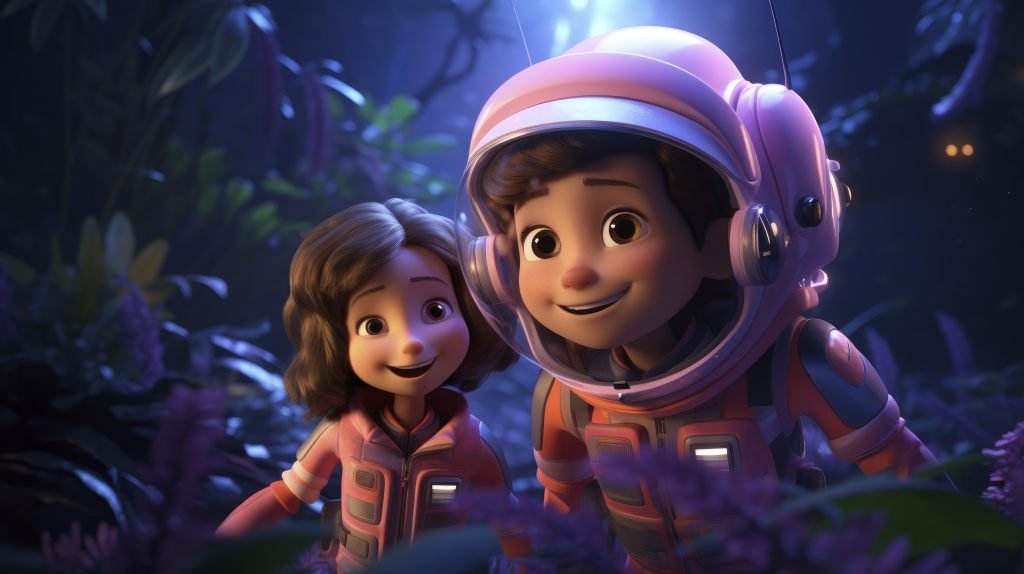
Production and Industry
Making of anime is wrought with an extremely professionalized formwork with studios in Japan dedicated to animating, character designing and writing. Another thing to be noted is that the process of creating Japanese anime work is highly rarely centralized: different teams are involved in different aspects of creating an anime – from Cartoon Animation to voices. It is worth extending some respect to the industry for anime as it has a rather long history and expanded worldwide affecting the sphere of animation. The professional tendency of West Cartoon Animation is rather business-like and frequently aimed at the production of many episodes of animated shows for children within short time intervals. Such a difference in production results in differing quality and style of Cartoon Animation depending on the medium used.
Fandom and Global Reach
Anime has a very strong audience, enthusiastic all around the world, living in different countries. Anime enthusiasts draw, write, dress as, and discuss the phenomenon while attending conventions. Another reason for the popularity of anime is also the availability of this content through streaming platforms. Cartoons, on the other hand, have an audience, but the audience, though loyal to their favorite Cartoon Animations such as Simpsons or SpongeBob, is more concentrated, for example, in America. Influencing so many cultures, anime has become one of the most beloved forms of entertainment all across the world, which explains its international popularity.
Maturity of Content
Anime depictions focus on themes that are darker and often do not fit the cartoon animation genre. For instance, anime may contain violence, political issues and other sundry themes or may portray existential or psychological crises. That is why anime can be viewed by almost any population and age, including adults. Cartoons, on the other hand, are normally intended for everyone, which means that the information contained therein will be easily understandable by kids. There are shows for adults, but they are rare and are more of a comedy series created with mature jokes or political satire intentions, unlike serious matters that anime tends to explore at times.
Why Work With TVS Cube:
- Expertise in Animation: Our major areas of focus encompass 2D and 3D animated solutions, including frame-by-frame, character and cartoon solutions.
- Tailored Solutions: It is used in advertisements, entertainment and many other applications that one might require, all tailored to fit one’s needs.
- High-Quality Output: Our team guarantees the highest quality in terms of visualization of the 3D models and fluidity of animation.
- Quick Turnaround: We deliver projects within aimed deadlines while maintaining the highest level of quality.
- Creative Collaboration: To enhance this, we collaborate with clients to identify and develop themes that capture their vision.
Popularity by Genre: Anime vs. Cartoons

Let’s Wind Up
In conclusion, while anime and cartoons both fall under the umbrella of cartoon animation, they are distinct in their origins, styles, and cultural influences. Anime, with its deep storytelling, emotional depth, and wide appeal to all age groups, stands apart from cartoons, which typically focus on humor and simpler plots for younger audiences. Though both offer unique entertainment experiences, it’s important to recognize that anime is a highly developed art form that blends Cartoon Animation with intricate narratives, making it more than just a cartoon. Ultimately, whether it’s anime or cartoons, both provide valuable and enjoyable content for all viewers.
[/et_pb_text][/et_pb_column][/et_pb_row][/et_pb_section]





